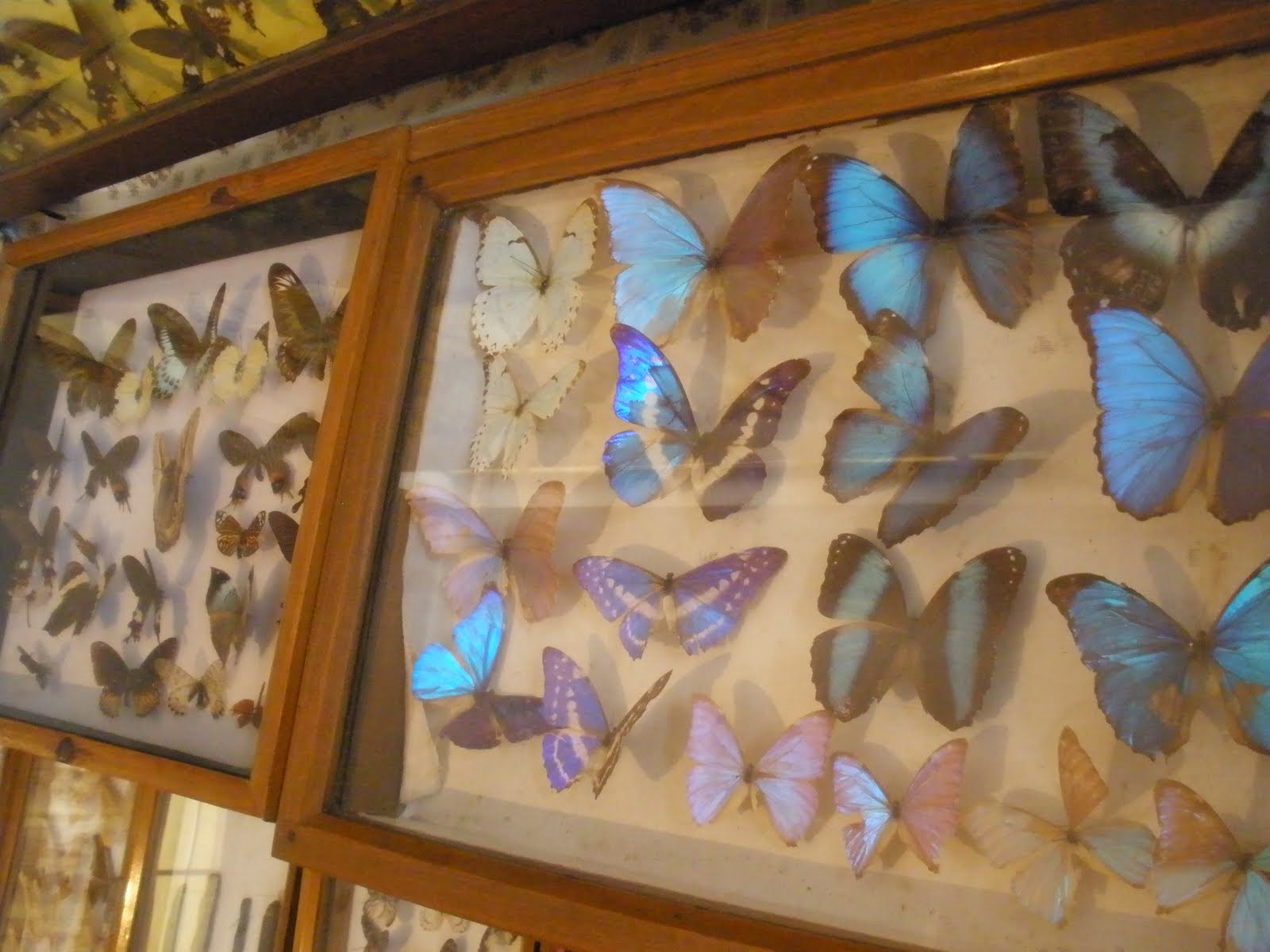Shillong (English pronunciation: Khasi: Shillong) is the capital and Hill station of Meghalaya, one of the smallest states in India. It is the headquarters of the East Khasi Hills district and is situated at an average altitude of 4,908 feet (1,496 m) above sea level, with the highest point being Shillong Peak at 6,449 feet (1,966 m). Shillong is the 330th most populous city in India with population of 143,007 according to the 2011 census. It is said that the rolling hills around the town reminded the European settlers of Scotland. Hence, Shillong is known as "Scotland of the East". The population density of the state of Meghalaya in the 2000s decade is 342 people per sq mile.It has steadily grown in size and significance since it was made the civil station of the Khasi and Jaintia Hills in 1864 by the British. In 1874, on the formation of Assam as a Chief Commissioner's Province, it was chosen as the headquarters of the new administration because of its convenient location between the Brahmaputra and Surma valleys and more so because the climate of Shillong was much cooler than tropical India. Shillong remained the capital of undivided Assam until the creation of the new state of Meghalaya on 21 January 1972, when Shillong became the capital of Meghalaya and Assam moved its capital to Dispur in Guwahati.
Places of interest

Elephant Falls: 12 km on the outskirts of the city, the mountain stream descends through two successive falls set in dells of fern covered rocks.Lady
Hydari Park: The park stretches over a kilometre and has an adjacent mini zoo.
Wards Lake: Known locally as Nan-Polok. Its an artificial lake with garden and boating facilities.
Shillong Golf Course: Shillong has one of the largest golf courses (the world's wettest) in Asia: Gleneagles of the East. It enjoys the rare distinction of being one of the few natural golf courses in
Asia. Not only is the Shillong Golf Course scenic and enjoyable, it is also challenging. A group of British civil service officers introduced golf to Shillong in 1898 by constructing a nine-hole course. The present 18-hole course was inaugurated in 1924. The course is set in a valley covered with pine and rhododendron trees. The tight fairways, carpeted with a local grass which hardens the soil, are difficult to negotiate. The number of out-of-bounds streams that criss-cross every fairway makes it all the more trying. Obstructions come in the form of bunkers, trees and rain. The longest hole is the 6th, which is a gruelling 594 yards. Shillong Golf Course is considered to be the "Glen Eagle of the East" at the United States Golf Association Museum. It was set in a valley at an altitude of 5200 ft in 1898 as a nine-hole course and later converted into an 18-hole course in 1924 by Captain Jackson and C. K. Rhodes.

Motphran: The “Stone of France” which is locally known as "Motphran" was erected in memory of the 26th Khasi Labour Corps who served under the British in France during World War I. It bears the words of the famous Latin poet Horace "Dulce et decorum est pro patria mori" which can be roughly translated as "It is sweet and fitting to die for one's country".
Shillong Peak: A picnic spot, 10 km from the city, 1965 m above sea level, offers a panoramic view of the scenic countryside and is the highest point in the state. Obeisance is paid to U Shulong at the sanctum sanctorum at the peak's summit every springtime, by the religious priest of Mylliem State.Capt.
Williamson Sangma State Museum: For those interested in ethnic tribal culture and tradition this
government museum offers insights to the lifestyle of the people. This museum is in the State Central Library complex where monuments for the great patriots of the state were erected besides the statue of Smt. Indira Gandhi and Netaji Subhash Chandra Bose.
Don Bosco Centre for Indigenous Cultures: The Don Bosco Museum is part of DBCIC (Don Bosco Centre for Indigenous
Entomological Museum (Butterfly Museum): A privately owned museum of M/s Wankhar, Riatsamthiah, Shillong about 2 km from Police Bazar is the only known museum in India devoted to moths and butterflies.Air Force Museum at Upper ShillongForest Museum in Lady Hydari ParkRhino Heritage Museum at ShillongZoological Museum in Risa ColonyAnthropological museum at MawbleiBotanical Museum at 4th FurlongArunachal Museum at the Cantonment Area
Chrysalis the Gallery: This art gallery is on the second floor of Salonsar Mansion at Police Bazaar, the commercial hub of Shillong. Chrysalis has flexible spacing to display paintings (canvases), sculpture, photography and handicrafts. Run by a local artist, Jaya Kalra, the gallery caters to exhibitions of artists and artisans especially from the northeast and also from the rest of India.
State Museum: Located at the State Central Library complex.

Cathedral of Mary Help of Christians is in Don Bosco Square.
Bishop and Beadon Falls: Both cascade down the same escarpment into a deep valley.

Spread Eagle Falls: 3 km from Polo Grounds.
Sweet Falls: Sweet Falls (also called “Weitden,” in the native dialect) is the most beautiful of all the waterfalls in Shillong. It lies about 5 km from the Happy Valley and is about 96 m in height.
Crinoline Falls: Near Lady Hydari Park.
How to Reach There ?
Visit : FINEyatraTours & Travels
Call:- 044-65623741, +91-90920 26222
+91-99765 58789, +91-96057 65125
+91-90922 81222, +91- 98408 16508






















.jpg)
.jpg)
.jpg)
.jpg)
.jpg)


























.jpg)





.jpg)